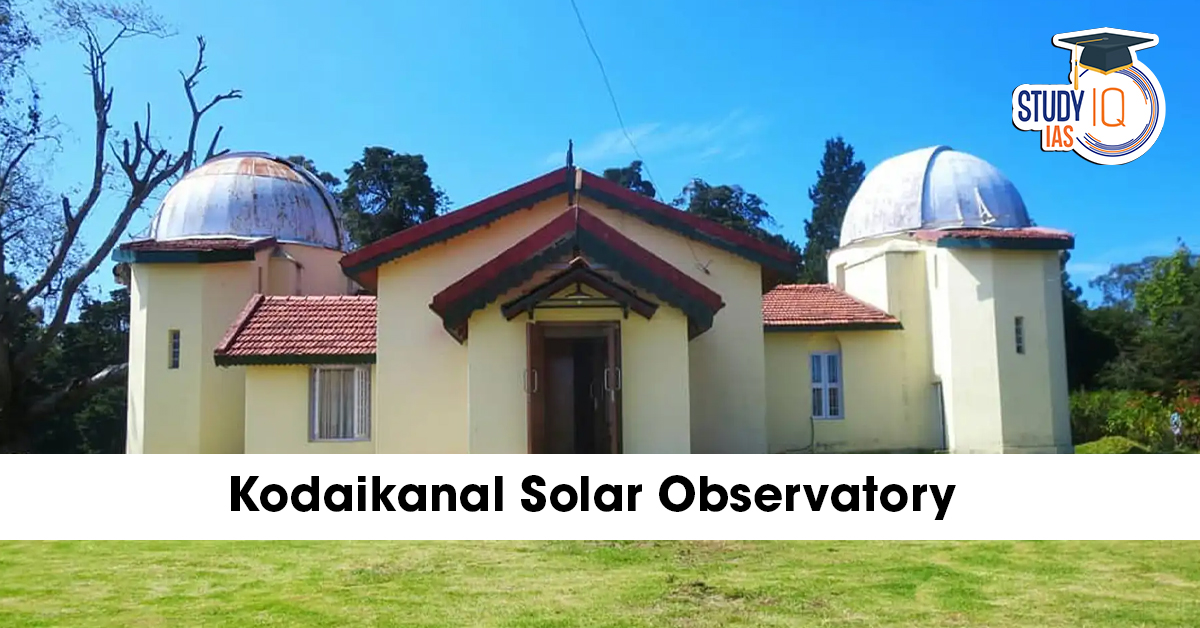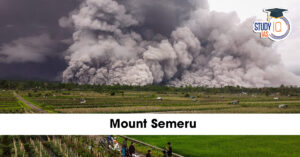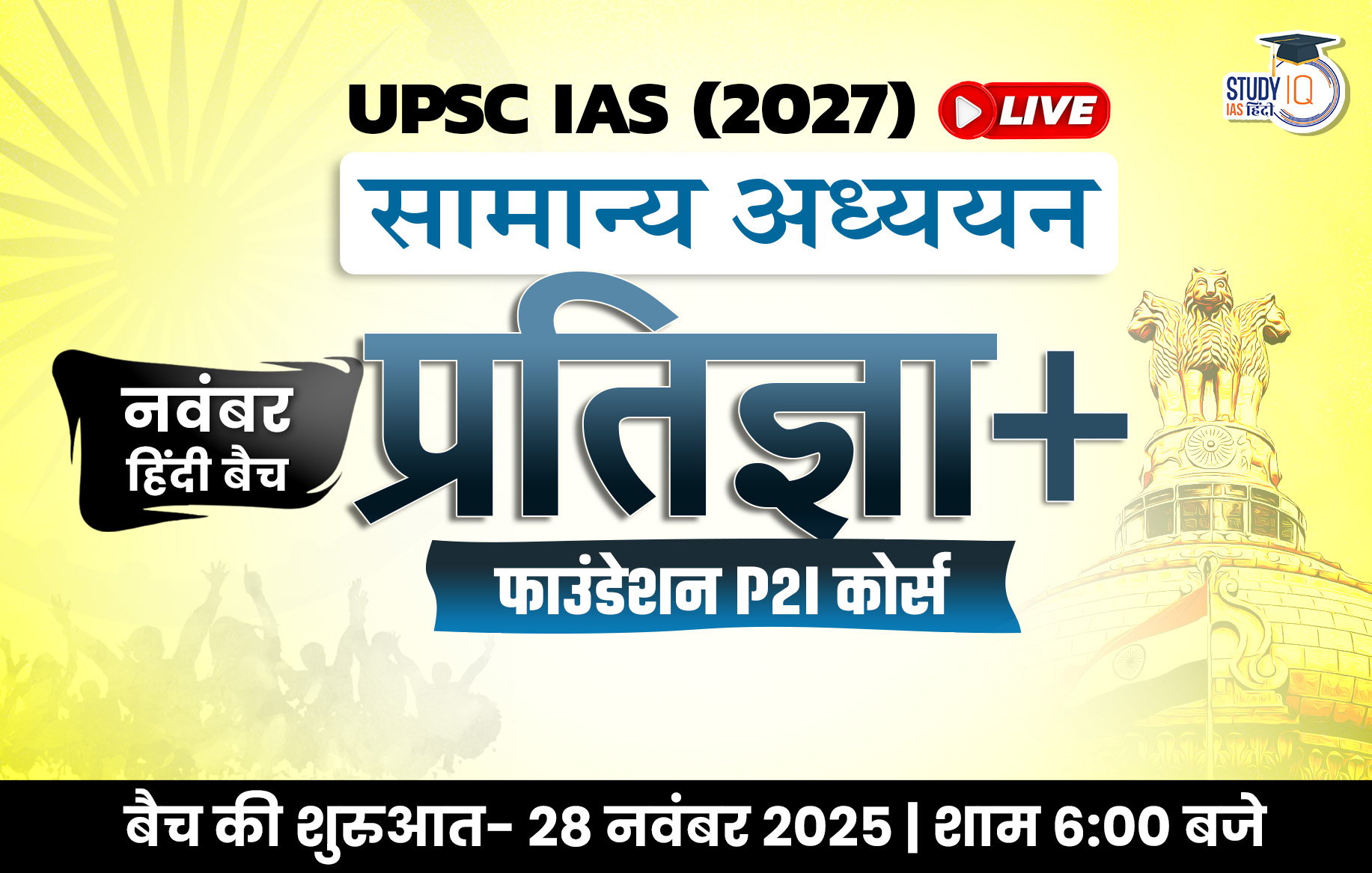Table of Contents
In a groundbreaking achievement, Indian astronomers have unlocked more than 100 years of the Sun’s hidden magnetic history using priceless archives from the Kodaikanal Solar Observatory (KoSO) – one of the world’s oldest solar observatories. This discovery, published in 2025, offers vital clues about the Sun’s polar magnetic fields and promises improved predictions for future solar storms.
Latest Breakthrough: Reconstructing the Sun’s Polar Magnetic Field (1904–Present)
For the first time, scientists have successfully reconstructed the Sun’s polar magnetic field strength from 1904 onwards – decades before direct measurements began in the 1970s.
A team led by Dr. Dibya Kirti Mishra from Aryabhatta Research Institute of Observational Sciences (ARIES), Nainital, collaborated with:
- Indian Institute of Astrophysics (IIA) – custodians of KoSO
- Indian Institute of Space Science and Technology (IIST)
- Southwest Research Institute (USA)
- Max Planck Institute for Solar System Research (Germany)
- INAF Astronomical Observatory of Rome (Italy)
Using century-old Ca II K spectroheliograms from Kodaikanal Solar Observatory, researchers identified bright polar features called the “Polar Network” – a reliable proxy for polar magnetic field strength.
By digitizing and calibrating over 100 years of hand-drawn and photographic plates with modern data from the Rome-PSPT telescope, the team created the Polar Network Index (PNI) – the longest-ever record of the Sun’s polar magnetism.
Why This Discovery Matters for Earth
The Sun’s polar magnetic field plays a crucial role in driving the 11-year solar cycle and triggering extreme space weather events. Strong reversals in polar fields mark the peak of each solar cycle.
Accurate knowledge of past polar behaviour helps scientists:
- Better forecast Solar Cycle 25 (currently ongoing) and future cycles
- Predict powerful solar flares and coronal mass ejections (CMEs)
- Protect satellites, GPS, telecommunications, and power grids from space weather damage
- Understand long-term solar variability and its impact on Earth’s climate
About Kodaikanal Solar Observatory (KoSO) – India’s Solar Heritage Since 1904
Established in 1904 by the British, the Kodaikanal Solar Observatory (Tamil Nadu) is among the few places in the world with uninterrupted daily solar observations for over a century.
Key highlights:
- Located at 2,343 meters above sea level – ideal clear skies
- Houses historic 20-cm twin spectroheliographs
- Daily records in Ca II K, H-alpha, and white light since the early 1900s
- Data digitized under the DST-funded “DIGITIZATION OF SOLAR OBSERVATIONS” project by IIA Bangalore
The KoSO archive is now recognized as a global treasure for solar physics and space climate studies.
Key Findings from the 2025 Study
- Polar magnetic fields were stronger during the early 20th century (Solar Cycles 15–18)
- Clear evidence of polar field reversal at the maximum of nearly every solar cycle
- The newly constructed Polar Network Index (PNI) matches modern direct measurements after 1976
- Confirms that polar faculae/plages are excellent proxies for polar field strength
The entire reconstructed dataset (1904–2024) is now freely available on:
- GitHub
- Zenodo (DOI provided in the original paper)
This open-science approach allows researchers worldwide to study the Sun’s long-term magnetic evolution.
What’s Next? Better Space Weather Forecasts for India and the World
With India launching missions like Aditya-L1 (India’s first solar observatory in space), combining century-old ground data from Kodaikanal with real-time space observations will revolutionize space weather forecasting.
This breakthrough strengthens India’s leadership in solar physics and demonstrates how preserving historical scientific data can solve tomorrow’s challenges.
Conclusion
The Kodaikanal Solar Observatory, often called the “Crown Jewel of Indian Astronomy,” has once again proven its timeless value. By breathing new life into 120-year-old solar images, Indian scientists have extended our view of the Sun’s magnetic personality farther back in time than ever before – helping safeguard our technology-dependent world from the fury of our nearest star.



 Mount Semeru Eruption 2025: Indonesia’...
Mount Semeru Eruption 2025: Indonesia’...
 Indira Gandhi Peace Prize 2025: Michelle...
Indira Gandhi Peace Prize 2025: Michelle...

























